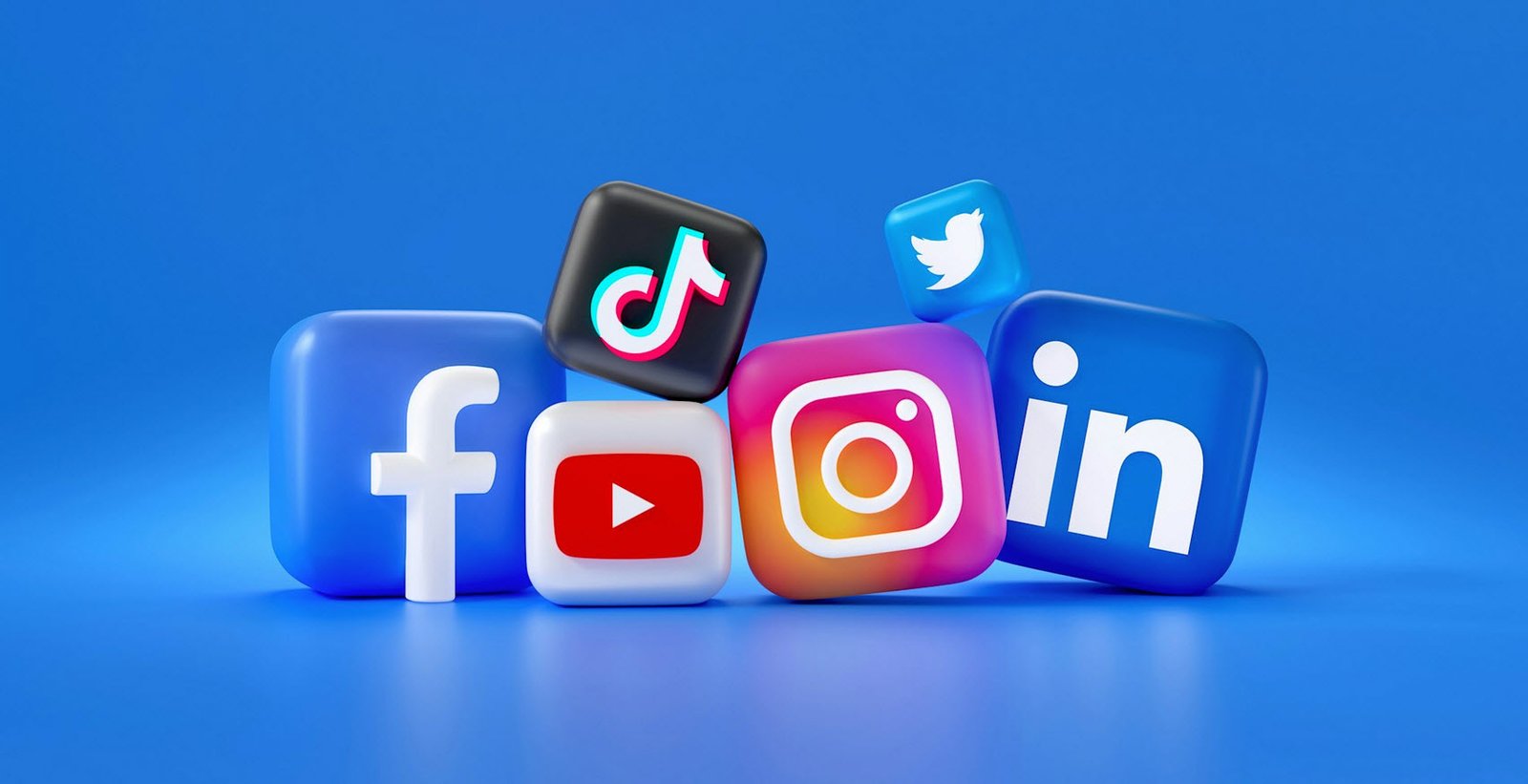
When it comes to starting and running a successful YouTube channel, the old proverb says it all: “The best time to plant a tree was 20 years ago. The second best time is now“.
With 2 billion logged-in monthly visitors, YouTube (An American online video sharing platform) is the second most visited website in the world, behind only its parent company Google/Alphabet. It’s also second only to Netflix among 18 to 34-year-olds as the most viewed platform, according to a 2019 report.
Suggested Read:
- Snapchat Effective Marketing Tips and Tricks You Need To Know
- 19 Proven Posting Strategies For Social Media – 2022 Update
- 5 Easy Steps To Make YouTube Video Viral
- 5 Proven Ways to Gain More Social Media Followers
Not only you can share your content on this wide-reaching platform for free, but you can also directly profit from it on top of generating leads and expanding your brand. The audience is there and yours for the captivating.
The content you share on YouTube lives a long time, with videos showing up in searches and through algorithm-based recommendations well after they’re initially posted. That means a video you share today can continue to draw in views and direct traffic to your site for years in the future. It’s not a bad tree to plant.
Before we dive deeper, let’s make sure your YouTube channel is set up and ready to go.
- Make a YouTube brand/business account
- Upload profile picture and banner images
- Organize existing video content into playlists
- Add a channel description
- Link to your website and add all social media channels
Ready to take your YouTube channel to a whole new level of success? Read on to learn how.
1. Find a focus
Decide what content you want to create. Think about who your channel is serving and how your content provides value to them. What does your audience need? What do they care about and pay attention to? As you determine your channel’s focus, here are a few things to consider:
- Who do I want to reach?
- What do they need?
- What captures their attention and delights them?
- When are they most engaged?
- Why should they watch me?
- What value can I offer them?
If you’re using your channel as an extension of your business, start by taking note of your customer base and brainstorming ways your brand personality and expertise can serve them via video.
2. Research your audience
As you get feedback on your content, gather information about your viewers. Focus on actively learning about your audience’s needs, desires, and interests. Social media platforms make it easy to amplify your message, but they also offer ways for audiences to respond. It’s up to you to listen.
Read through your comments, take note of which videos perform well, and explore your analytics tab to better understand your audience demographics-more on that later. Use what you learn to refine your channel’s focus so you can effectively give your viewers as much value as possible.
3. Write compelling titles
Worry about humans first and algorithms later. Capture the story your video tells in a concise title that appeals to viewers’ interests and elicits a desire to learn more. Great titles often revolve around:
- Outcomes
- Curiosity
- Familiarity
- Identity
- Spectacle
- Emotion
Make sure each title aligns well with your brand identity. Avoid anything too inflammatory or misleading, as this will damage your trust with your audience.
4. Create click-worthy thumbnails
Thumbnails provide a quick visual glance into the content of the video. They can be a make-it-or break-it factor for enticing someone to click play. Your goal is to get users to stop scrolling by seeing an image they can’t ignore.
Because 80% of YouTube traffic is on mobile, you’ll want to make sure your thumbnails are optimized for mobile devices. Choose a clear image, colors that pop, readable text, and composition that tells a story, even when displayed very small.
5. Optimize your metadata
Great rankings on YouTube mean better rankings on Google and a higher likelihood of your video and thumbnail showing up for relevant searches. YouTube uses the title, description, thumbnail, and tags to determine who would watch certain videos. Try these steps to optimize your metadata:
- Title: Create an impactful headline that includes your primary keyword near the beginning.
- Description: Write a helpful description that provides more context as to what the video is about.
- Tags: Include relevant terms and avoid overstuffing with spammy or misleading tags.
As you choose keywords to focus on, select terms with good search volume that most directly pertain to your video’s content. This will likely include the procedure, product, or concern you’re addressing.
6. Make high quality content
Running a successful YouTube channel isn’t just about getting people to watch your videos; it’s also about creating videos worth watching. Thanks to great video quality on smartphones and accessible editing software, it’s easier than ever to produce sharp videos all on your own. Here’s what you should aim for:
- Relevant content: Make sure you’re discussing something people care about and are searching for.
- Strong story: Craft your video to include a beginning, middle, and end that will keep viewers engaged.
- On-camera presence: Speak confidently, clearly, and naturally, as if you were speaking to a client in person.
- Smooth editing: Cut at natural breaking points and try not to split up sentences, cut yourself off, or leave too much silent lead-in time between takes.
- Clean audio: Record in a quiet location with little background noise. Project your voice and enunciate so viewers can hear and understand you.
Don’t be afraid to try multiple takes to make sure you’re happy with what you’ll be posting. See a few great examples from our clients in this blog post.
7. Build a content strategy
Planning your content will help you see the bigger picture of your channel’s future and keep you prepared to post consistently. As you brainstorm upcoming videos, ask yourself these questions:
- What are my goals?
- What is in demand?
- What opportunities exist?
- What has proven performance?
- What are people asking for?
Make sure you’re publishing something to add to the conversation and offer value, not posting just to post. Always relate your videos back to your main focus so no one video appears isolated or out of place.
8. Publish for impact
Upload videos when your audience is awake, aware, and active. You can experiment with different days and times to target.
One study found Thursday and Friday afternoons were optimal, but this may be different for your audience. Promote your content across your social platforms with compelling and conversational posts that link to the video itself.
9. Utilize YouTube Analytics
YouTube has terrific analytics reporting, and it’s completely free. Use it to adapt your strategy and
measure your success. In your analytics tab, you’ll find info that will help you define your reach, engagement, audience, and revenue opportunities. Note your growth month to month so you can keep track of what’s working and what’s not.
10. Monetize your content
As your channel grows, you’ll be able to earn money directly through ad revenue by joining the YouTube Partnership Program. But there are plenty of ways to monetize your content beyond ads.
By building a successful channel, you can:
- Raise brand awareness: Make a name for your business as a thought leader in your industry.
- Grow your email list: Gain subscribers by including the opt-in link in your description.
- Highlight testimonials: Share success stories that depict the client as the hero and illustrate how your business helped them on their journey.
- Attract new website visitors: Include links to related pages so viewers can learn more about your services.
As a general rule, you get back what you put into your YouTube content. Consistent, high-quality content will often lead to a strong payoff, whether directly or indirectly.









This Post Has One Comment